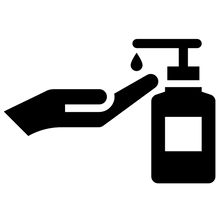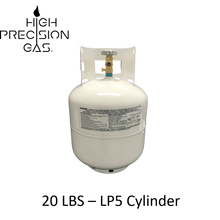We recommend cleaning the cylinder at least four times a year. The cleanliness of the cylinders will ensure customers do not smell or taste impurities in the products. Furthermore, the inner cleanliness of the gas cylinders is very important in the filling of high purity gas and minimize moistures. If the gas loses its stability due to dirty gas cylinders, you may have to trash both the gas and the cylinder before the complete consumption of the gas in the cylinder.
A clean inner cylinder ensures the cylinder remains in service, the usage of the gas cylinder is healthy and safe and the laboratories, calibration stations…etc. can use the gas for a longer period of time.
Here are some examples of how cylinders can be contaminated:
- Backflow - Backflow occurs when pressure changes in pipes cause the flow of liquids, gas, or semisolids to reverse in the wrong/opposite direction.
- Incomplete Opening – Incomplete opening of the needle and the injection nozzle significantly decrease the quality of spraying and atomization of the fuel with air resulting in contamination.
- Breathe – temperature increases or decreases can force air or other gases in and/or out of empty cylinders with open valves. Humidity may condensate on the wall of the gas cylinder. At low pressure, the empty gas cylinder with a not fully closed valve could receive moister through the defective or open valve.
- Impurities – At HPG, the purity of our gases are a minimum of 99.5% pure. Even with 99.5% purity, minor impurities can mix in with the gas, get to the tank via fuel line, and gradually builds up in the interior of the tank.
- Clogged injector – needle of the clogged injector is unable to move freely, so the injector is unable to open or close fully, resulting in backflow.








